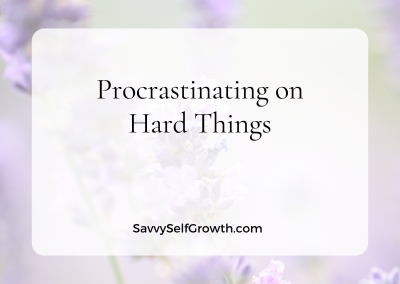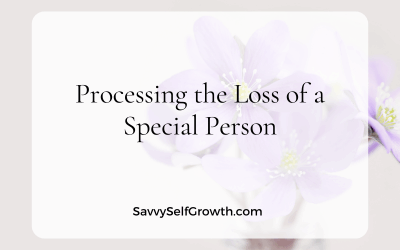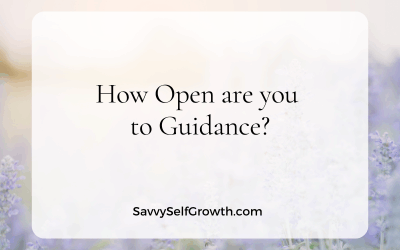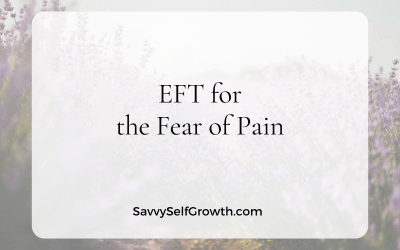“Procrastination is like a credit card:
It’s a lot of fun until you get the bill.”
~ Christopher Parker ~
Every year over the South African summer, I spend between 5 and 6 weeks with my mother.
As I got back in the saddle after about 7 weeks of absence from my business in January 2025, I looked at the lengthy to-do list. Things I’d scheduled last year, were now popping up as reminders. I felt a little sick to my stomach when I noticed how many of them were saying ‘8 weeks overdue’.
There were a few that were truly not urgent. That’s why I kept snoozing them, and moving them along to yet another date in the future.
Yet… they were important.
If I did not deal with them, they could create a big problem in the future. And I don’t do well with problems with added time pressure!
So I finally got sick of it enough to schedule 3 of those things in my new Productivity Planner from Intelligent Change. This is a physical planner I heard about from my business coach Caroline Leon, and it arrived just in time.
The Planner creators made something super easy for me to grasp:
“Remember: Your most important task of the day is usually the most uncomfortable and susceptible to the dreaded state of procrastination.”
“RIGHT”, I thought… that’s what I’ll do first.
I did not want to see those reminders in my calendar even one more day, because they gave me an ‘ugh’ in my stomach every time I saw them. I put first on my list that one thing I’d been dreading doing. And then another 2.
I estimated the 1st task would take me 60 minutes, the 2nd also 60, and the 3rd 30 minutes.
Big surprise
Well, guess what?
Once I got going, the first took only 30 minutes — half of my estimate. And no 2 and 3 both took me 15 minutes each. In total, I spent only 1 hour, with relative ease, on three tasks that I thought would cost me 2.5 hours of effort and sweat!
What enormous relief to tick them off. Oh my goodness, I loved not seeing them on my ‘snoozed Reminders’ on my Outlook Calendar anymore!
And of course, I wondered, “Why did it take me so long to tackle them if it only took 60 minutes?”
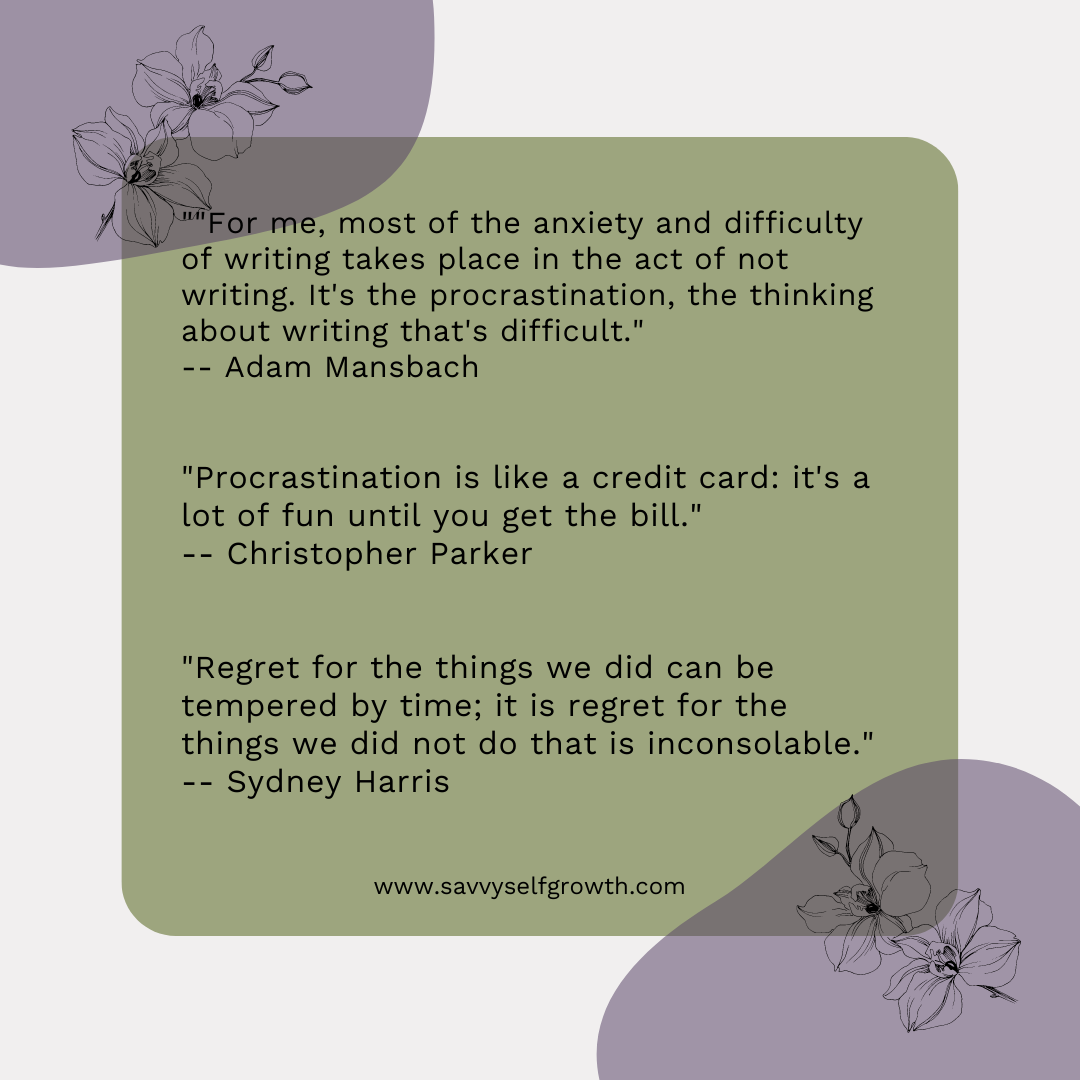
Process Pain
One of the reasons was that I’d blown it out of proportion in my mind.
I had all sorts of projections about how much effort it was going to take, how I would battle to find the relevant info. In other words, how painful the process would be.
I wrote an article years ago about the types of fear that contribute to procrastination. One of them is Process Pain. We fear that doing the task will be painful, so we don’t start.
It’s all subconscious, of course. We don’t usually know that fear is there. It shows up in the reluctance to tackle the task.
The funny thing is — often, it turns out to be a false assumption. Such is the power of our mind: It tells us stuff, and we believe it.
It’s like False News and yet, we fall for it — hook, line, and sinker.
Is this happening to you?
After this experience, it occurred to me that perhaps this is stopping you from tackling that important (and not urgent) project that could improve your life experience, too.
So I wanted to offer something if you need to get over a hump towards freedom, as I did.
Some examples might be:
- A work project that seems daunting.
- A situation or event that still bothers you when you think about it, and you deal with it by just ‘pressing the snooze button’.
- Someone you’re still angry with, but you keep suppressing it. It “should” be over, but it’s still alive in your thoughts and body. And you keep just putting it back somewhere deep inside.
- A relationship you want to heal, but it seems too big or unsafe to approach.
- Someone or something you haven’t grieved properly. But facing it just seems far too painful.
- You might want to understand the messages your body has for you in a health issue, but you don’t know where to begin. It seems too big to tackle by yourself.
Three Suggestions
If you are battling to get started with something because there’s a part of you that believes it will be painful, uncomfortable, or too much effort, here are a few suggestions:
One: EFT Tapping
Do a few rounds of EFT tapping. It’s not necessary to be very formal with the process.
One way is to imagine yourself doing the task, and notice your thoughts, feelings, or sensations.
Jot those down. Then tap a few rounds (either in silence or speaking your thoughts out loud). Sighing or yawning it a good sign that some pressure or stress around the project has been released.
Check again: imagine doing the task. Notice any thoughts, feelings, sensations, or resistance. Repeat the process.
Cognitive shifts
Often, while tapping, we might suddenly become aware of the thoughts stopping us. They are often around ‘doing it perfectly’ or ‘I don’t know where to start’ or ‘it’s going to be judged, someone will find fault’.
If you become aware of those thoughts, do another round of tapping with them.
Keep repeating this process until you feel calmer or neutral. It’s surprising how quickly this can work!
Two: Tiny Steps
After the tapping, we can get practical.
Now, see if you can break down that task into tiny steps… so tiny that they cannot possibly be scary.
For instance, if the task is ‘Do Monthly Accounting’, break it down like this:
- Open accounting software
- Navigate to ‘Transactions’
- Open the first transaction
- etc
When the steps are this small, not a single one will feel like too much effort, too hard, too scary, or painful.
Three: Intention: Who or How
Next, see if you can set an intention for how you want to be when doing these tasks. It could be that ‘accounting’ is not your favourite topic, (definitely not mine!) yet it still has to be done.
My go-to these days is ‘Calm Enjoyment’. That’s how I want to show up.
Would I rather spend the precious minutes of my life hating or resenting the task, or would I rather enjoy my life, regardless of the task?
Recently I discovered, to my great surprise and delight, that it’s possible to set an intention to enjoy any task.
It starts with the intention. We can enjoy even the most menial, boring, or ‘difficult’ action.
The word ‘intention’ comes from Latin ‘intendare’ — which means — ‘move in the direction of’.
So I can move in the direction of enjoyment. That feels so gentle and warm to me for my work day.
Four: Reminders
When I’m busy with a task that’s not usually easy for me, I find it’s easy to start frowning, feeling tense in my body, and forget all about my lovely intention.
So I started setting an alarm for every 20 minutes.
At that mark, I stop, stretch, breathe a conscious few deep breaths, and ask myself if I’m still enjoying it. If I forgot during those 20 minutes (it can happen!), I set my intention again for the next 20 to calmly enjoy my task, and set the next alarm.
The alarm can be a bit of a jolt if you are a Sensitive Soul. So one other way that I use, is to use a sound generator program to set the sounds playing for 20 minutes, after which it gently lowers the volume to silent. The silence is my cue to breath, stretch and reset my intention.
I use this one and I usually use ‘Irish Sea’ — you can see which sounds are more gentle for you.
Five: Reach out
If you have realised you’re procrastinating on healing an issue, and it’s daunting, I highly recommend reaching out for support. Healing is not meant to happen in isolation. We need a supportive, encouraging, kind, patient space, and we cannot often offer that to ourselves.
At the start of 2025, I offered a coaching package for exactly this reason. It might still be available when you read this. Reach out if it feels right to you.

